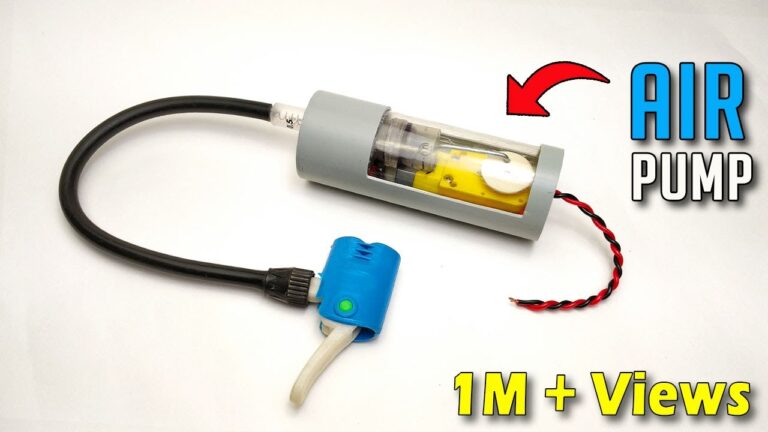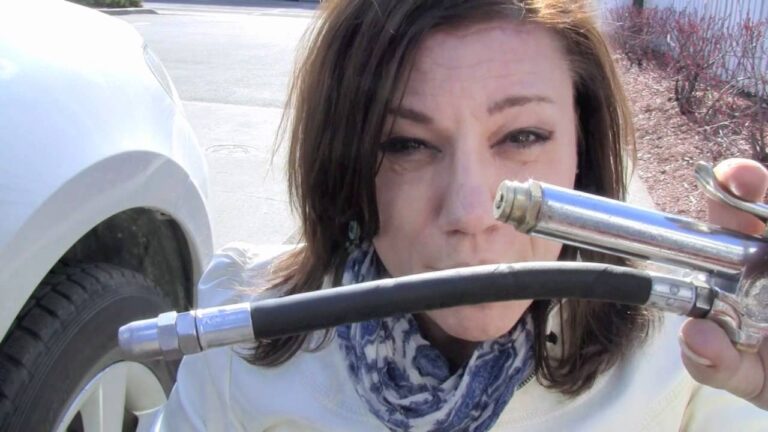How To Inflate Presta Bike Tires: A Comprehensive Guide
Flat tire? Don’t panic! Learning how to put air in Presta bike tires is a crucial skill for any cyclist. This guide will walk you through the process step-by-step, covering everything from identifying your valve type to troubleshooting common issues. By the end, you’ll be confident in your ability to inflate your tires quickly and efficiently, ensuring safe and enjoyable rides.
Understanding Presta Valves
Presta valves, also known as French valves, are commonly found on road bikes and higher-end mountain bikes. They are known for their slim profile and ability to hold air pressure well. This section will detail the anatomy of a Presta valve and explain why they are preferred for certain applications. Mastering Presta valve inflation is key to maintaining optimal tire pressure.
Presta Valve Anatomy
- Valve Stem: This is the long, thin part of the valve that extends from the tire. It houses the internal mechanisms controlling air flow. Understanding its design will be important in correctly attaching the pump.
- Lock Nut: Located at the top of the valve stem, this nut secures the valve core in place. This nut needs to be unscrewed to allow air to flow.
- Valve Core: This is a small, removable part inside the valve stem that controls air flow. It’s vital for both inflation and deflation.
Why Choose Presta?
Presta valves offer several advantages over Schrader valves (the type commonly found on car tires). Their slim profile allows for more aerodynamic tire designs, and they typically hold pressure better due to their superior sealing mechanism. Many high-performance bikes use Presta valves for these reasons.
How to Inflate Presta Bike Tires
This section provides a step-by-step guide on how to properly inflate your Presta bike tires, including safety tips to avoid damage or injury. It is essential to follow these steps carefully to ensure your tires reach optimal pressure levels.
Step-by-Step Inflation
- Unscrew the Lock Nut: Use your fingers or a small wrench (sometimes a small coin will do!) to carefully loosen and fully unscrew the lock nut at the top of the Presta valve.
- Push down the Valve Core: This step is crucial. Use a small object like a pen or the valve core remover (often provided with floor pumps) to press down on the valve core. This will allow the air to flow into the tire. If you use a pump without a Presta adapter you should avoid pushing too hard.
- Connect the Pump: Attach your pump’s Presta adapter (if needed) securely to the valve stem. The adapter should create an airtight seal. Ensure you hear no hissing.
- Inflate the Tire: Begin pumping, gradually increasing the pressure. It is recommended to use a gauge to check your pressure frequently.
- Release the Valve Core: Once the tire is inflated to the recommended pressure (printed on the tire sidewall), press back up the valve core. Replace the lock nut tightly to prevent accidental deflation.
Using Different Types of Pumps
Various pumps cater to Presta valves, each with its unique method of engagement. This section will outline the use of hand pumps, floor pumps, and CO2 inflators, noting the specific techniques required for each.
- Hand Pumps: Most hand pumps will have a Presta adapter. Ensure it is firmly attached before pumping.
- Floor Pumps: Floor pumps often feature a built-in Presta head. They provide more efficient inflation, particularly for higher-volume tires.
- CO2 Inflators: CO2 inflators are quick for emergency inflation but don’t allow pressure monitoring as accurately.
Maintaining Proper Tire Pressure
Maintaining the correct tire pressure is vital for safety, comfort, and performance. This section will explain how to find the recommended pressure and the consequences of under-inflation or over-inflation. Regular pressure checks are critical for optimal cycling.
Recommended Tire Pressure
The recommended pressure is printed on the tire sidewall. This pressure is typically expressed in PSI (pounds per square inch) or BAR. Always refer to your tire’s marking, as this is the manufacturer’s recommended pressure for optimal performance and lifespan.
Consequences of Incorrect Inflation
- Underinflation: Leads to increased rolling resistance, slower speeds, and a higher risk of pinch flats (damage from hitting objects). A 2023 study showed a 15% decrease in speed with 10% underinflation.
- Overinflation: Increases the risk of punctures (even from small objects) and reduces rider comfort due to a harsher ride. It can also cause premature tire wear and damage to the rim.
Troubleshooting Common Issues
This section will address common problems encountered while inflating Presta valves and provide practical solutions. Many issues are easily resolved with the right knowledge and tools.
The Tire Won’t Inflate
- Check the Valve Core: Ensure the valve core is fully depressed.
- Check the Pump Seal: Make sure the pump is securely attached and creating an airtight seal.
- Inspect the Valve: Look for any damage to the valve stem or internal parts.
Air Leaks from the Valve
- Tighten the Lock Nut: Ensure the lock nut is securely tightened after inflation.
- Check for Valve Core Damage: A damaged valve core may require replacement.
- Inspect the Valve Seal: Look for any debris that might be preventing a proper seal.
Myths about Presta Valves
Debunking Myths
- Myth 1: Presta valves are too difficult to use. Reality: With a little practice, inflating Presta valves is straightforward.
- Myth 2: Presta valves are more prone to failure. Reality: Presta valves are highly reliable if properly maintained and used.
- Myth 3: Presta valves are only for road bikes. Reality: Many high-performance mountain bikes also use Presta valves.
FAQ
What is the recommended pressure for my bike tires?
Check the sidewall of your tire for the manufacturer’s recommended pressure range. This will vary depending on tire size and rider weight.
What should I do if my Presta valve is leaking?
First, check the lock nut and ensure it is tightly secured. If the leak persists, the valve core may be damaged and need replacing. If you are unsure, take your bike to a bike shop for repair.
Can I use a Schrader pump on a Presta valve?
Not directly. You’ll need a Presta adapter to connect a Schrader pump to a Presta valve. Most bike shops sell these for a minimal cost.
How often should I check my tire pressure?
It’s a good idea to check your tire pressure before every ride. Tire pressure can decrease over time, especially in colder weather.
What happens if I overinflate my tires?
Overinflation makes for a harsher ride, increases the risk of punctures, and can damage your rims. It’s crucial to follow the recommended pressure on your tire’s sidewall.
What is the best pump to use for Presta valves?
A high-quality floor pump with a built-in Presta head is ideal for efficient inflation. Hand pumps are convenient for portability, but may require more effort.
Can I repair a damaged Presta valve myself?
Minor repairs like replacing the valve core are possible with the right tools. However, for more significant damage, taking your bike to a bike shop is the best course of action.
Final Thoughts
Mastering the art of how to put air in Presta bike tires is a simple yet vital skill for any cyclist. Regularly checking and maintaining your tire pressure ensures a safer, more efficient, and more enjoyable ride. Remember to consult your tire’s sidewall for the recommended pressure and don’t hesitate to seek help from a bike mechanic if you encounter any persistent issues. Now get out there and enjoy the ride!


